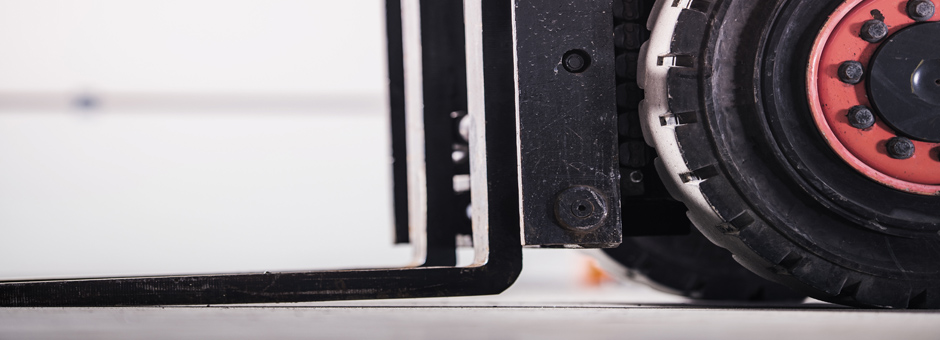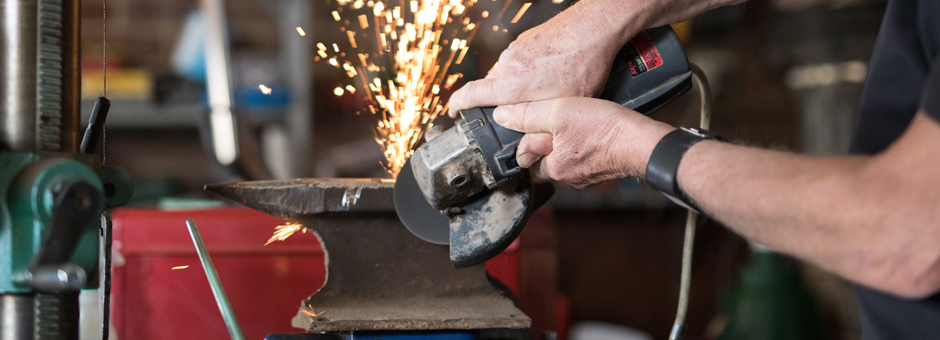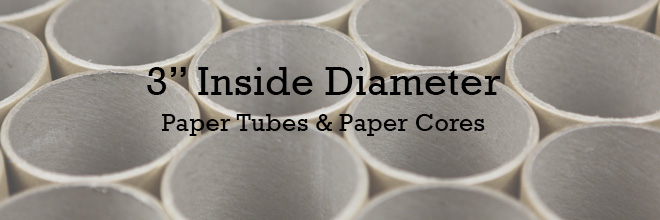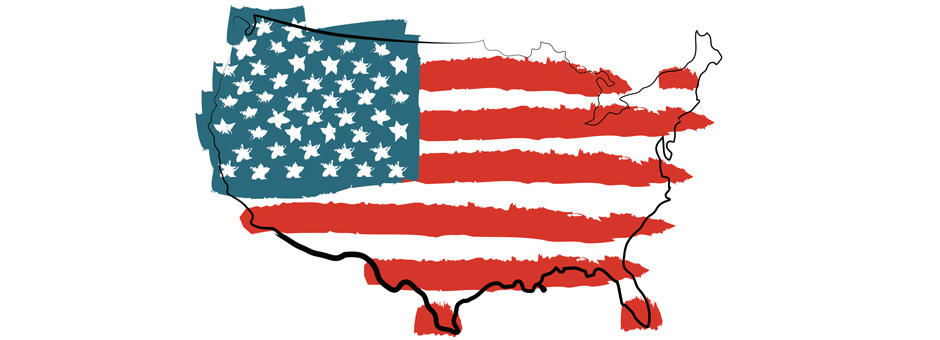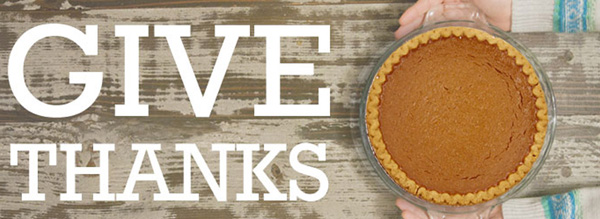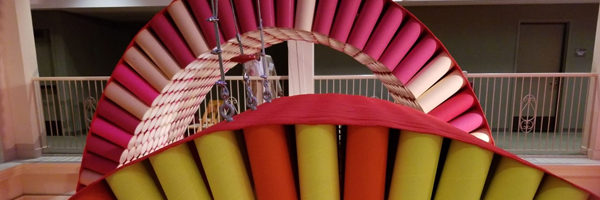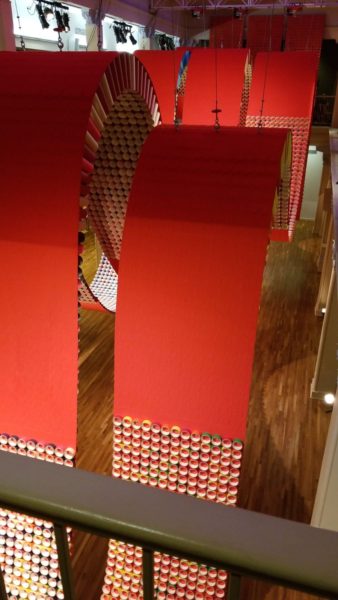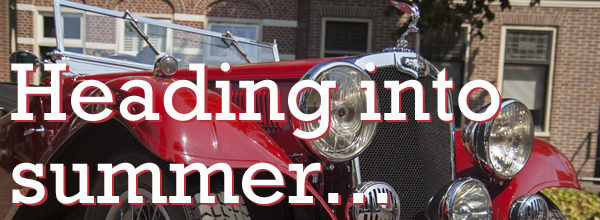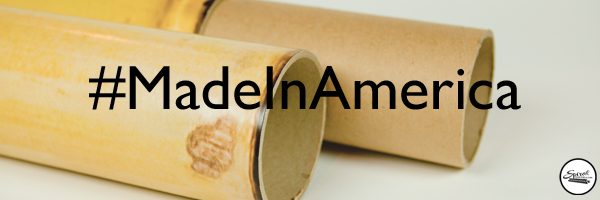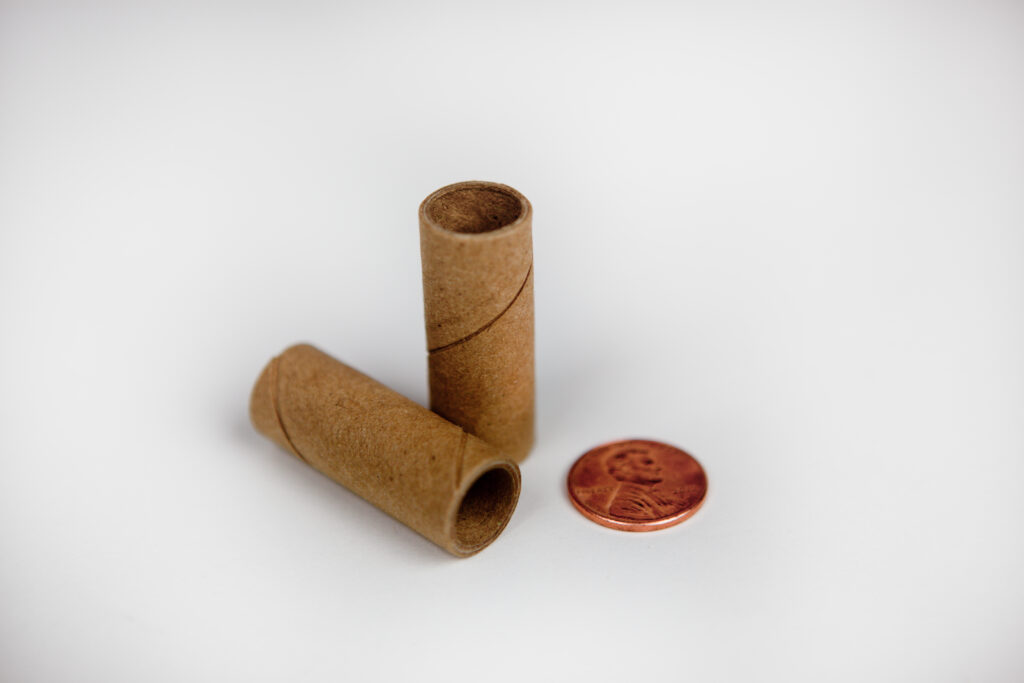
Not all spiral paper tubes are made the same, and sometimes their features, though obvious to us, are invisible to the untrained eye.
The three most common types of seams on a spiral paper tube are “overlap”, “butted” and “gap”.
In this example, the gap seam is featured. Look at where the paper meets itself, or comes close to meeting in this case. This is the seam.
Anytime you see a spiral paper tube with a small gap in the seam, that is known as a gap seam.

